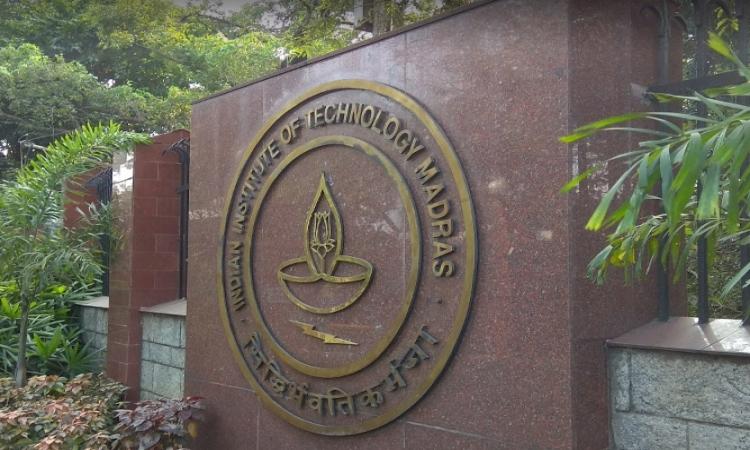Indian Institute of Technology (IIT) Madras researchers are working on a new idea that may help develop effective drugs for treating HIV/AIDS.
Using molecular dynamics simulations, the research team have shown that introducing electrostatic interaction sites on potential drug molecules can enhance the efficacy of the antiviral drug against the HIV virus.
According to the researchers, the pressing need for better drugs to combat drug-resistant HIV strains led the team to delve into molecular structure of protease to identify weak sites that can offer a handle for better inhibitor development.
By using state-of-art computational techniques the team has uncovered vital data that can be used for design of more efficacious drugs, according to a paper published in the peer-review Journal of the American Chemical Society - Biochemistry.
"Current inhibitors that target HIVPR make use of the weak forces of attraction called 'van der Waal's forces' to attach themselves to the protease molecule. Given that these forces are weak, the efficacy of the drug is variable and the virus will soon become resistant to them," Sanjib Senapati, Department of Biotechnology, IIT Madras, said in a statement.
The Molecular Dynamics (MD) simulation studies conducted by the team have showed the presence of a strong and asymmetrical electric charge in the active site of the HIVPR.
If a drug molecule can be designed with a complementary charge, so that it can bind tightly with this active site through electrostatic attraction, it can permanently deactivate/inhibit the enzyme, the team said.
The team propose that drug design strategies should embrace both electrostatics and van der Waals interactions to complement the HIVPR active site architecture. Further, the team believes that such compounds will be effective against both wild type and resistant HIV variants.
This is a paradigm-shifting idea and will offer a whole new approach to the development of drugs for HIV-AIDS, the team said.


















